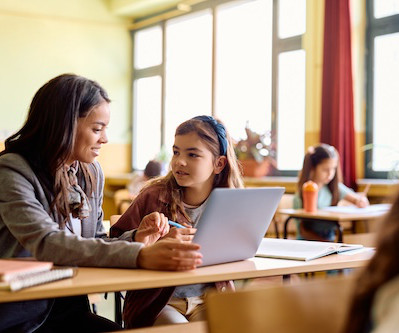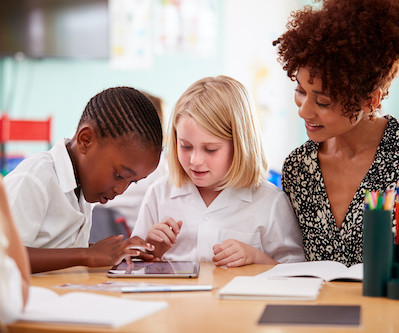How your school’s design can promote equity through access
eSchool News
FEBRUARY 13, 2024
Recently, however, the growing awareness of neurodiversity has started to shift the school design narrative for students with unique learning styles. Every student deserves to feel like school is a place designed with them in mind – a space where they belong and can thrive.














Let's personalize your content